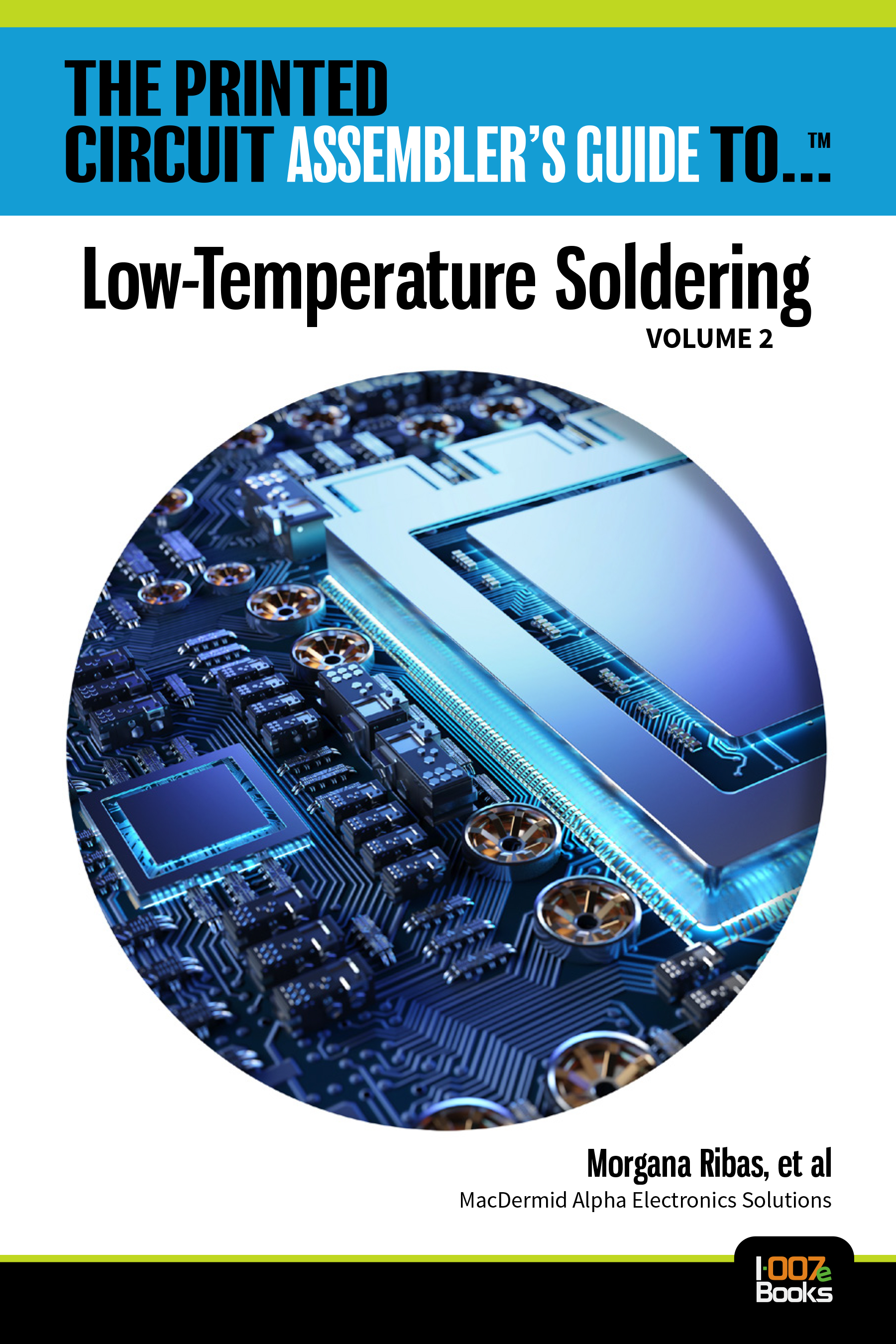-

- News
- Books
Featured Books
- design007 Magazine
Latest Issues
Current Issue
Training New Designers
Where will we find the next generation of PCB designers and design engineers? Once we locate them, how will we train and educate them? What will PCB designers of the future need to master to deal with tomorrow’s technology?

The Designer of the Future
Our expert contributors peer into their crystal balls and offer their thoughts on the designers and design engineers of tomorrow, and what their jobs will look like.

Advanced Packaging and Stackup Design
This month, our expert contributors discuss the impact of advanced packaging on stackup design—from SI and DFM challenges through the variety of material tradeoffs that designers must contend with in HDI and UHDI.
- Articles
- Columns
Search Console
- Links
- Media kit
||| MENU - design007 Magazine
Estimated reading time: 1 minute
Beyond Design: When Legacy Products No Longer Perform
As IC die sizes continue to compact due to demand for smaller and faster technology, and as switching speeds continue to improve, rise and fall times are creeping down into the sub-nanosecond realm, a territory previously reserved for microwave engineers. This relentless shrinking trend that perpetuates Moore’s Law can create a huge problem for legacy designs as faster switching intensifies signal integrity issues. Over the years, as logic drivers have continued to switch faster and faster, problems with ringing, crosstalk and electromagnetic emissions (EMI) have become progressively worse.
It is a common quandary that established products that have worked flawlessly for years suddenly stop performing reliably, due to a new batch of ICs that is used in the latest production run. The cause of this problem is rise time shrinkage. Figure 1 illustrates the consequences of three different rise times for the same clock frequency.
Figure 1: Increased ringing with faster rise times (simulated in HyperLynx).
This example brings home two very important points. Firstly, for a given layout, faster switching produces spurious signals exhibiting excessive overshoot and ringing. This problem is unavoidable. It can only be prevented, to some extent, by improving the layout and routing, reducing the number of loads and/or adding terminators. Secondly, IC manufacturers are not always doing us a favor when they begin shipping "new and improved'' logic circuits. When substituted into a legacy design, the increase in speed may buy nothing but headaches.
From the perspective of an IC manufacturer, shrinking a die is a winning proposition because the new chip is almost certain to meet or exceed its published specifications at a lower cost. However, from the perspective of the designer, shrinking a die, in an existing product design, can be a daunting prospect, because the new rising and falling edges are almost certain to switch considerably faster.
Faster edge rates mean reflections and signal quality problems. So, even when the package hasn’t changed and the clock speed hasn’t changed, a problem may exist for legacy designs. The enhancements in driver edge rates have a significant impact on signal quality, timing and crosstalk. This also has a direct impact on radiated emissions.
To read this entire column, which appeared in the August 2017 issue of The PCB Design Magazine, click here.
More Columns from Beyond Design
Beyond Design: Electro-optical Circuit BoardsBeyond Design: AI-driven Inverse Stackup Optimization
Beyond Design: High-speed Rules of Thumb
Beyond Design: Integrated Circuit to PCB Integration
Beyond Design: Does Current Deliver the Energy in a Circuit?
Beyond Design: Termination Planning
Beyond Design: Dielectric Material Selection Guide
Beyond Design: The Art of Presenting PCB Design Courses


